Learn to grow microgreens at home, join Grow It Local +
Learn > How To
Lettuce Deep Dive – Spring Seed Service 2022
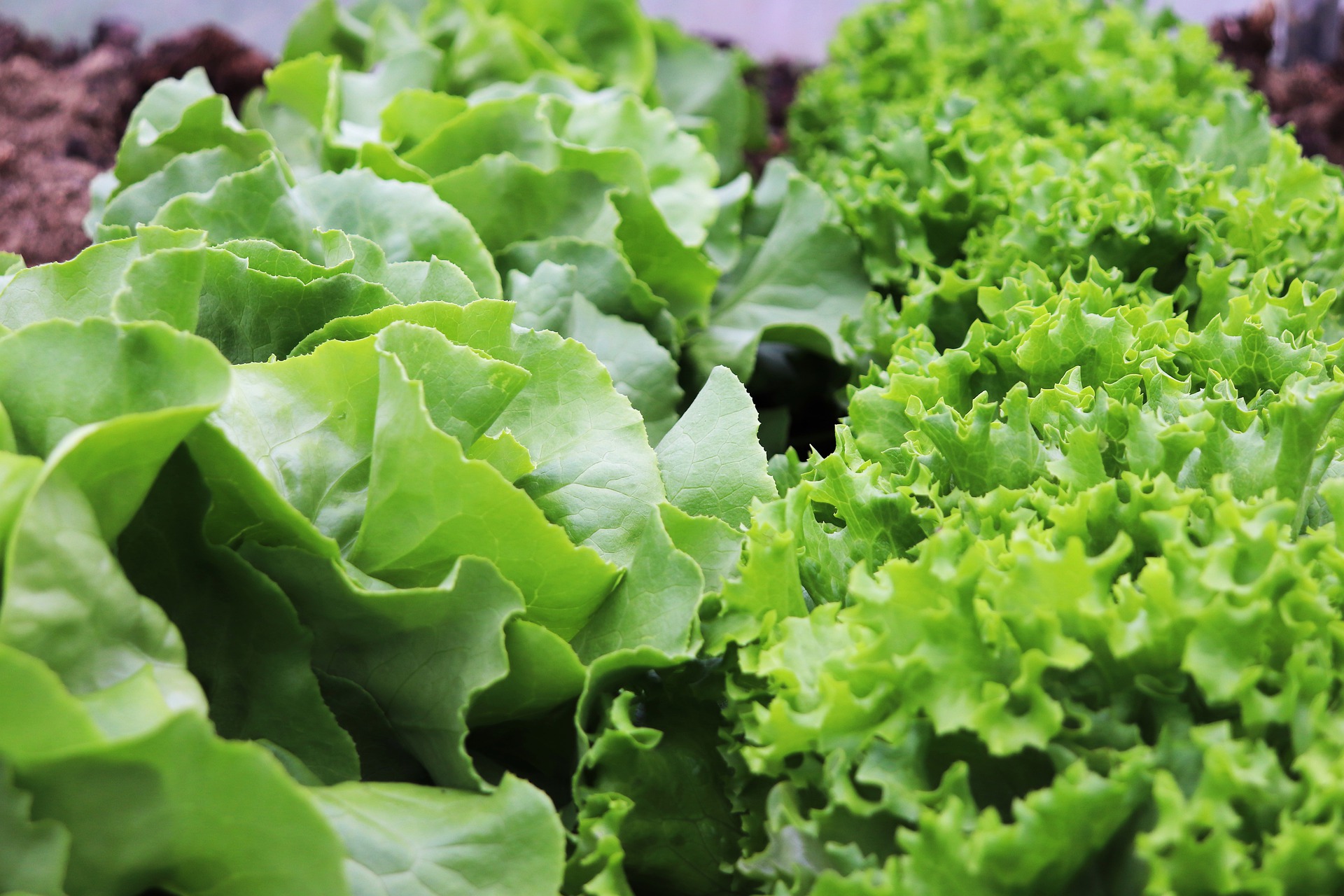
You know that you’re living in a crazy time in history when lettuce is featuring regularly on the evening news. Commercially grown lettuce prices have gone through the roof and we the people are left standing at the supermarket shelf, gazing upon previously unimaginable prices and wondering why? Well, let’s take a quick look at why lettuce prices have gone bananas (remember back in 2005 when banana prices went bananas?)
Input costs
Lettuce grown on a commercial farm needs chemical fertiliser, that’s getting more expensive. It needs to be driven to you in a big diesel truck, diesel prices are way up with the price at the bowser now reliably over 2 bucks a litre. Our humble little lettuce will also needs to be kept cool before it gets to you, big cool rooms have big power bills, and you guessed it, electricity costs are more expensive.
Labour
Increases to the minimum wage for farm workers (obviously a good thing), staff shortages courtesy of COVID 19 and continued difficulty in securing foreign workers all result in upward pressure on cost of production.
Climate change
No surprises here, unpredictable increases in heatwaves, fires and floods make the difficult task of growing a commercial quantity of lettuce oven more challenging. Crop losses caused by the climate and wild weather lead to a reduced supply, and if you cast your mind back to high school economics, reduced supply, with constant or increasing demand equals, uh huh, right again, more expensive lettuce.
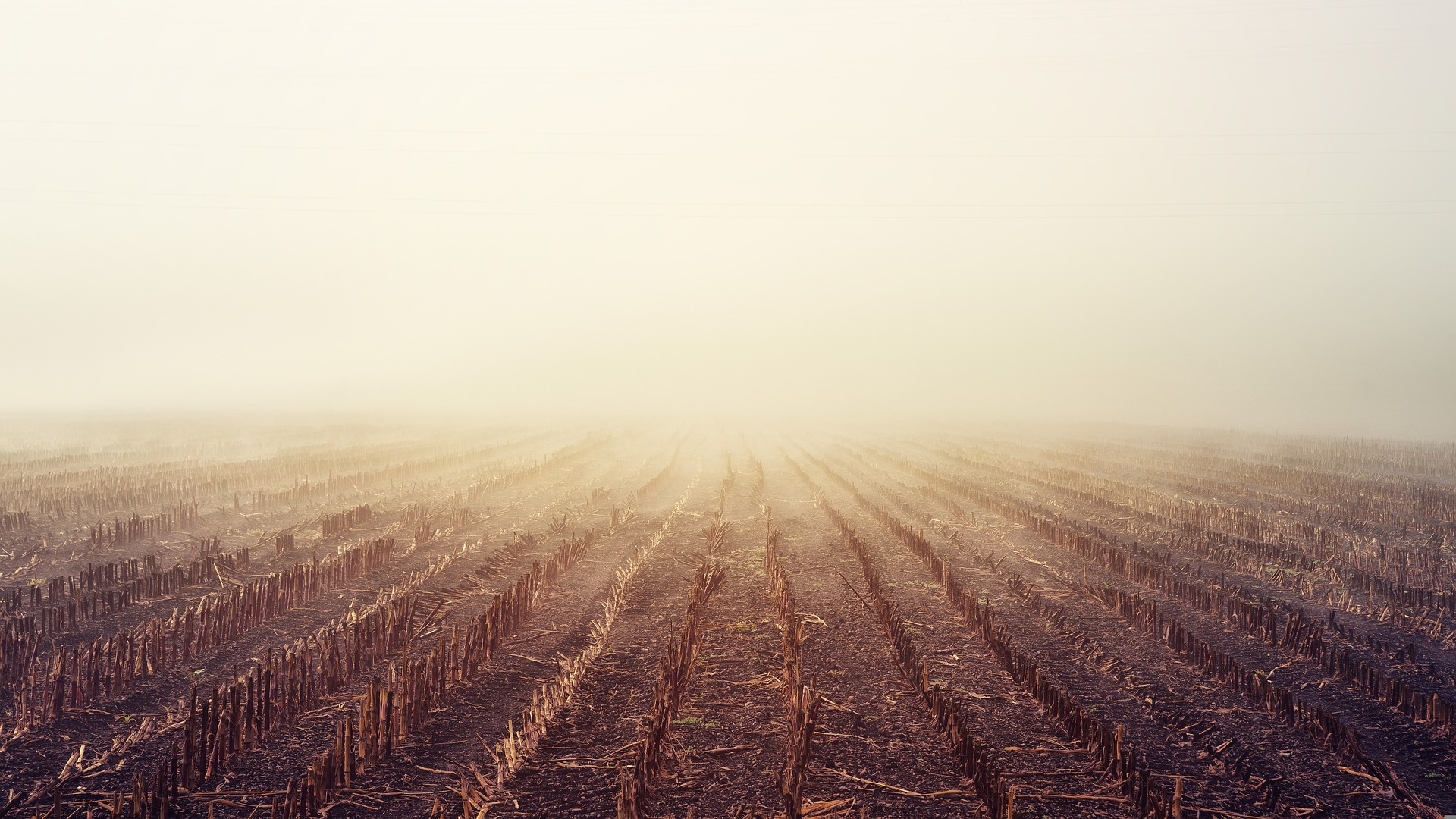
Ok, so enough of the doom and gloom. The great thing about lettuce is that it’s super simple to grow at home, you hardly need any space, lettuce will grow in anything except the most depleted, sodden soil and at the start of spring, they grow at a cracking pace! So it’s time to take matters into your own hands and grow your own lettuce! I’ve selected two varieties for the Spring Seed Service, Green Buttercrunch and Red Salad bowl. Both lettuces have the same requirements and are a cut and come again type, which means you harvest the outer leaves as required, then the lettuce keeps growing and you end up with a continuing supply of sweet, sweet lettuce!
Aside from rising costs, there are a raft of other reasons for growing your own lettuce. Foremost amongst them, is to reduce food waste. Who hasn’t optimistically purchased a lettuce from the supermarket, made one sandwich with it and then returned 5 days later to find that it has turned to green sludge in its little plastic sleeve.
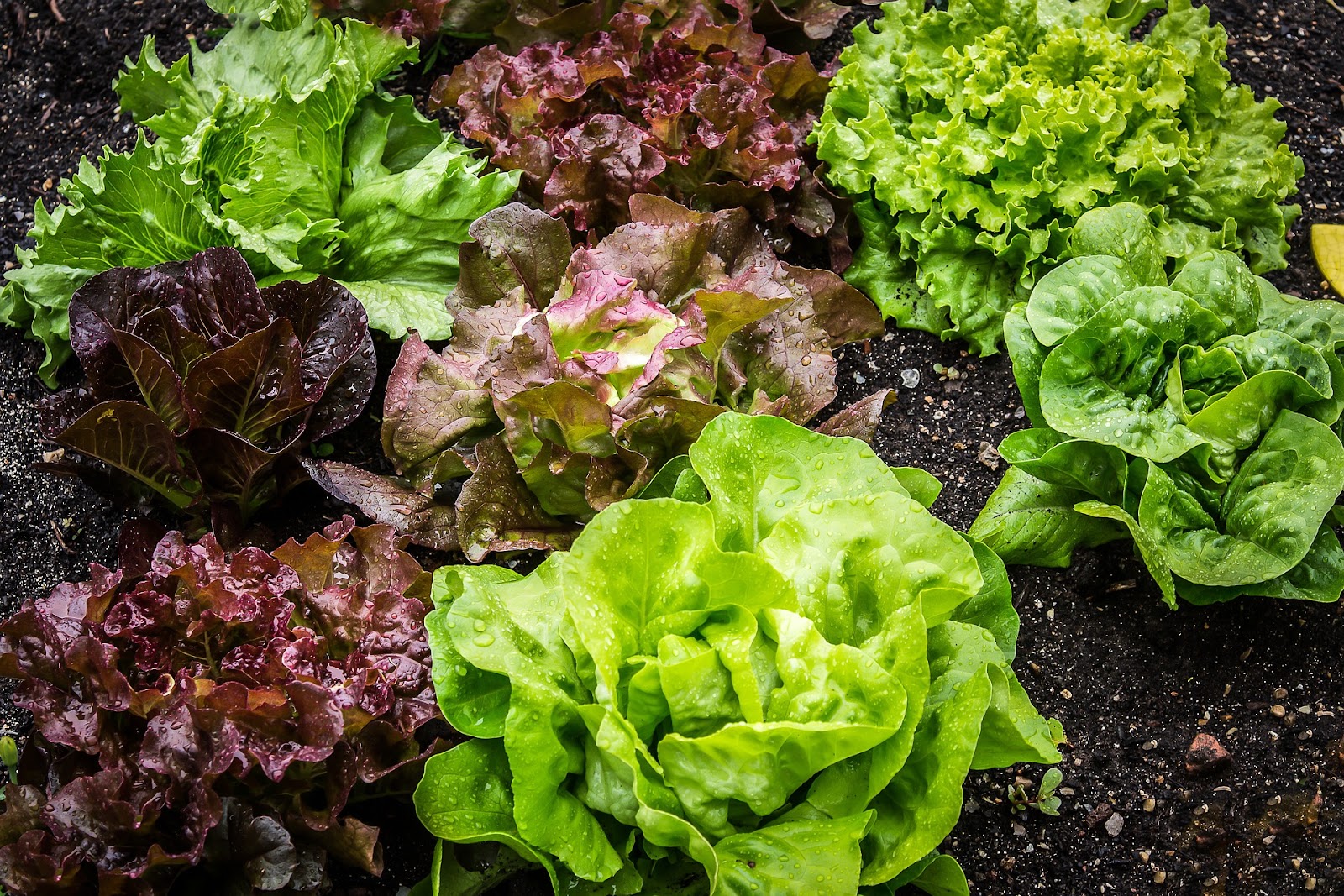
Origins
Some things come and go in and out of fashion, with some never to be seen again. Lettuce is not one of those things! The first recorded cultivation of lettuce is from ancient Egypt some 6000 years ago, with lettuce depicted in ancient Egyptian tombs! It is likely though, that lettuce was cultivated even earlier in the Middle East and has been foraged as a wild plant for countless centuries before that. The lettuce fan club didn’t stop with the ancient Egyptians though, Hippocrates, the father of modern medicine would extol the virtues of lettuce to his followers and it’s rumoured that Julius Caesar was such a fan of lettuce that he had a statue built to honour it! Which also brings us to the patch to plate theme of this Seed Service, the humble garden salad. This simplest of salads can trace it’s roots back to the Roman Empire, where raw leaves would be gathered and drizzled with olive oil and salt, the word salad actually comes from the sal, the latin word for salt! How many other meals can you think of that have been with us, relatively unchanged for 2000 years, the garden salad is king!
Location
If you’re getting them in the ground in early to mid spring, then a nice sheltered spot in full sun will be the ticket. If you wait a little later (ie late spring/early summer) then you’ll want to find a spot that is a little more shady and sheltered, especially if you live somewhere that really bakes during summer. 4 hours of morning sun is best, with a bit of shelter from the withering heat of the afternoon sun.
Pots or in the ground
Lettuce can be happily grown either in the ground, or in pots. If you do want to grow your lettuce in pots, then make sure you select a pot that is at least 20cm deep and has adequate drainage holes in the bottom.
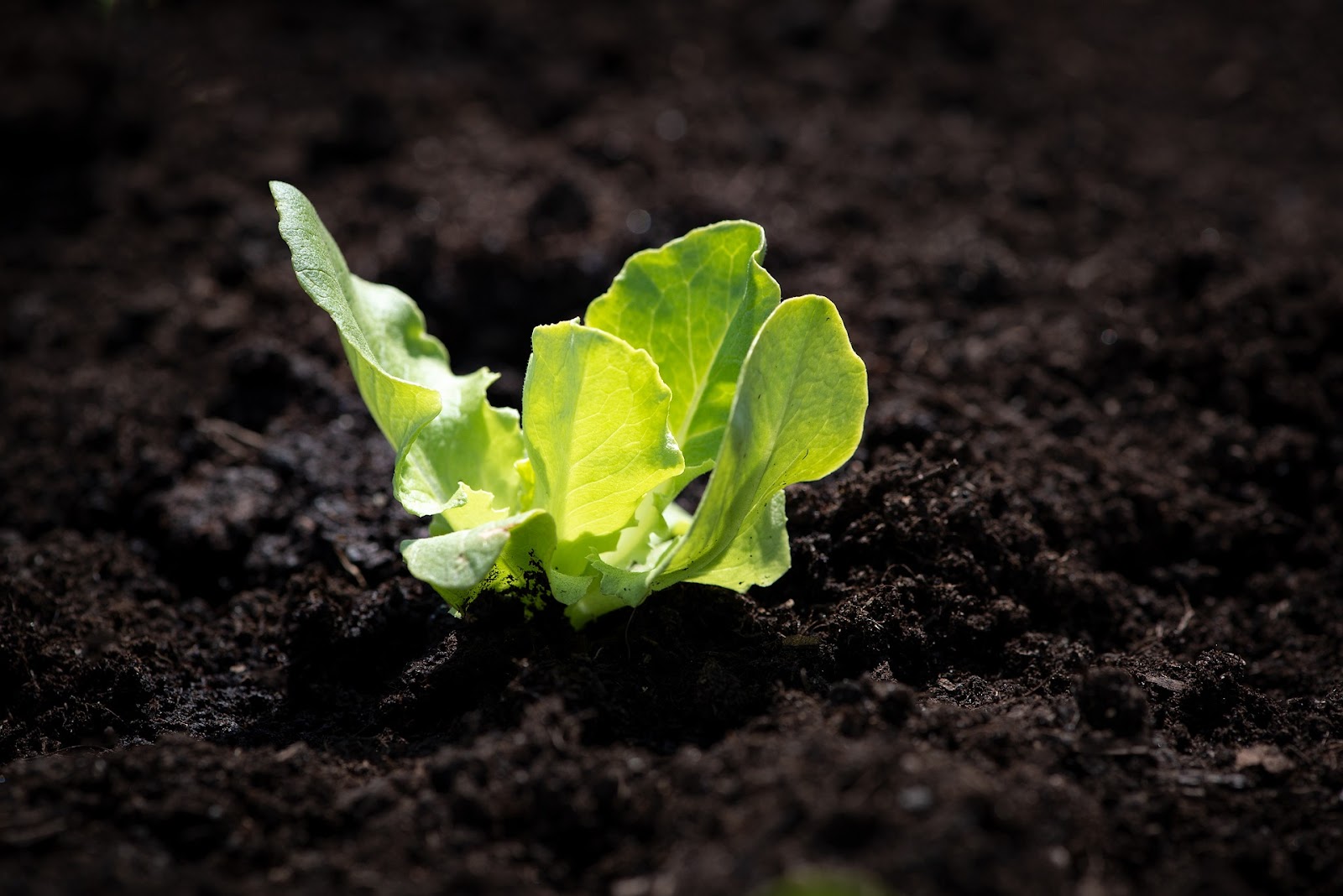
Preparation
Like all plants, lettuce enjoys free draining soil that has been enriched with organic matter like compost or worm castings. I clear away any weeds or left overs from previous crops, sprinkle some compost or complete organic fertiliser over the top and then use a garden fork (or a hand fork if growing in pots) to lift the soil a little and to incorporate the plant food into the top layer of soil. I then grab a watering can and wet the soil a little so that I’m not planting my seed into dry soil.
Planting
Lettuce seeds are super small so only need to be planted a few mm into the soil, any deeper and they may fail to reach the surface after germination. I like to use a piece of dowel or the side of my hand to make a very shallow furrow (like a small trench) to plant the seeds into. If you’re planting more than one row, make sure that each furrow is approximately 20cm apart. Scatter the seed along the furrow, don’t put too much seed in though, we’re aiming for a lettuce every 20cm, but I always sprinkle a little extra seed just in case some don’t germinate. Once the seed is in the furrow, I pull a little soil over the top of them and then give them a little bit of water. Keep the soil moist over the coming days, the seeds should germinate in around 7 days. If you want to take your lettuce growing to the next level, continue planting fresh batches of lettuce every 2 weeks or so to guarantee a continued supply of leafy goodness.
Maintenance
To be crisp and delicious, lettuce requires regular watering. They HATE drying out, which will lead to bitter, tough leaves and the planting going to flower (this is bad). Make sure you keep an eye on soil moisture and water accordingly, in the heat of summer, this may mean twice a day, while in early spring it might be once every 3 days. Once all your seeds have germinated and have a couple of sets of leaves, thin the lettuce out so there is one plant every 20cm. You thin them by gently pulling out the excess plant. To ensure maximum lettuce deliciousness, I also give my lettuce a weekly liquid feed by watering them with something like Seasol.
How long to harvest
The first outer leaves should be ready to harvest in 3-4 weeks. Use a nice pair of sharp scissors to harvest your leaves, just ripping them off will damage the plant and leave it vulnerable to pests and disease. Don’t go too crazy harvesting those leaves either! Make sure you don’t take more than a third of the plant when you start to harvest though, so there are enough leaves remaining to keep the plant alive and growing. You can continue harvesting in this manner until the plant bolts (goes to seed/flower) or until the leaves start to become tough and bitter. This may take 2 – 4 weeks depending on the climate and how frequently you harvest.
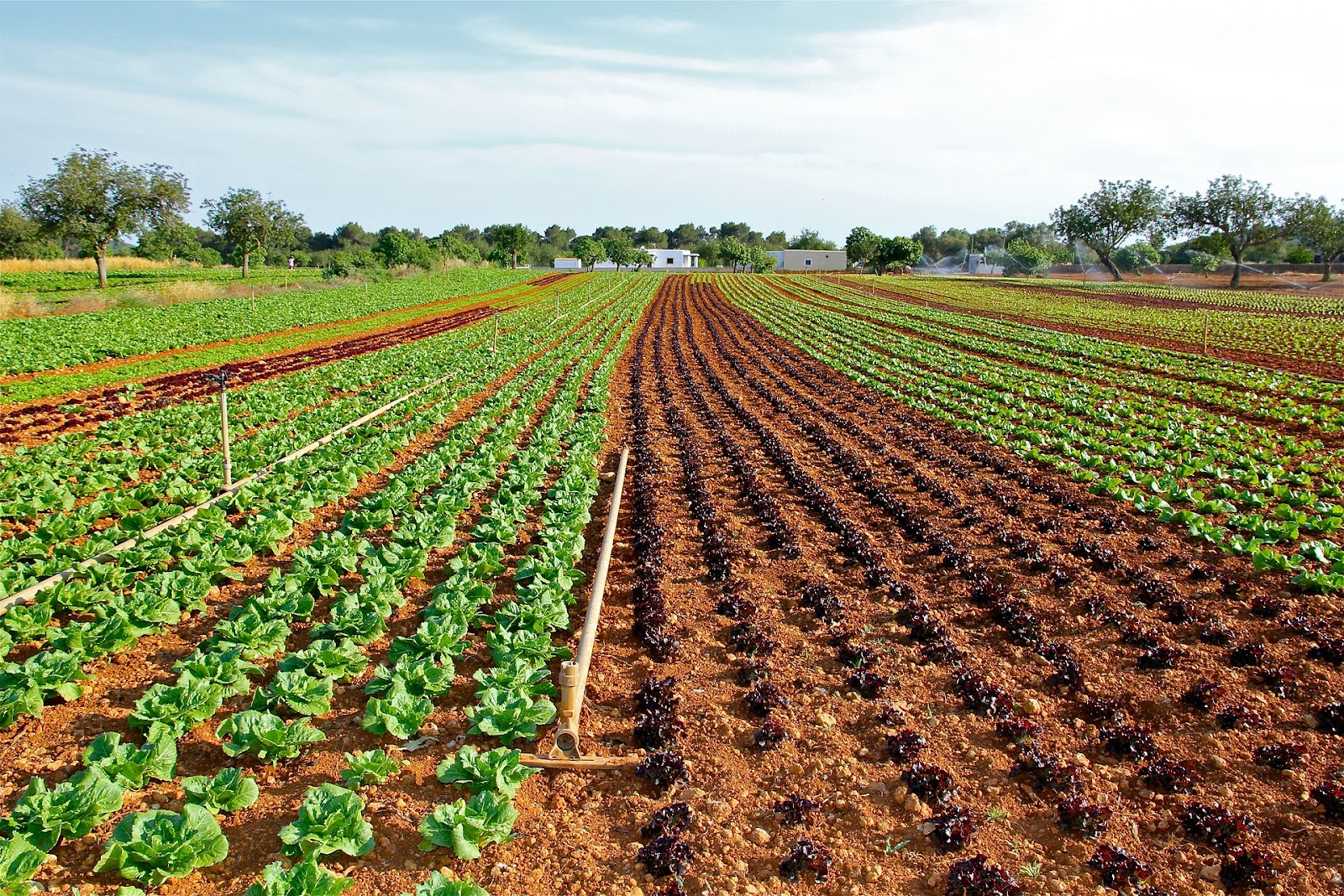
Companion
If planting in early spring, plant your lettuces alongside root vegetables like carrot and beetroot. The lettuces only have very shallow roots, while to root veg take their sustenance from further down in the soil. If you’re planting your lettuce in late spring or early summer, plant them alongside something that will shelter them a little from the afternoon sun, like tomatoes, cucumber, eggplant and corn.
Pest
The problem with growing lettuce is that it isn’t just people that enjoy juicy, tender leaves. Many pests do too! Tender lettuce is a particular favourite of slugs and snails, they’ll lurk nearby during the day and come out to feast upon your precious lettuce in the cool of the night. Snails can do a lot of damage in a short time, so keep any eye out. There are a few things that you can do to deter snails. Firstly, keep the area around your lettuce clean, snails like to shelter in wood chips and amongst leaf matter, so try to minimise the places they can hide around your lettuces. Secondly, you can leave out DIY traps for them. Snails love beer and leaving a saucer of old beer around your lettuces will lure in the snails, keeping them off your lettuce. Thirdly, you can try to catch them red handed! Head out into you patch after dark with a torch and search your lettuces for any snails or slugs in the act! If you find some, remove them by hand and relocate them somewhere else (like the chookpen!)
Nutrition
There’s a lot of conflicted feelings when it comes to the nutrition of lettuce, on one hand, we know that’s it’s good for us, that’s why it’s a key ingredient in salads, on the other hand, it’s thought to have very little nutritional value because of it’s high water content. So which is it? Is lettuce a nutritional powerhouse or is it more like a crunchy glass of water?
The good news is that lettuce definitely packs a nutritious punch. Sure it may not be the most nutrient dense food on the planet, but what it does have is nothing to sneeze at.
Lettuce is packed with fibre as well as a hearty dose of vitamins, phytochemicals and minerals. Lettuce is a source of folate, a b vitamin that’s essential for DNA repair. It also contains the phytochemicals beta-carotene and lutein. Beta-carotene is a powerful antioxidant that protects our cells from the damage caused by free radicals. Lutein helps to protect our eyesight as we age, protecting the retina and the lens from damage caused by free radicals.
Cooking
Lettuce is hardly going to win any popularity contests for the world’s favourite vegetable, but it would definitely be in the running for the most useful. There is hardly a savoury meal that wouldn’t benefit from a couple of freshly picked lettuce leaves served on the side. Eggs on toast for breakfast, add some lettuce. Sandwich for lunch, better get some freshly harvested lettuce on that. A roast for dinner, hey, why not serve up a homegrown leaf salad alongside. You can keep it super simple, by serving your lettuce with a little dressing, or you can go to town on your salad and pimp it right out, with nuts, legumes, avocado, cheese, roast veg, chicken, whatever you want really, you’re only limited by your own imagination (and what you have in the fridge/pantry)
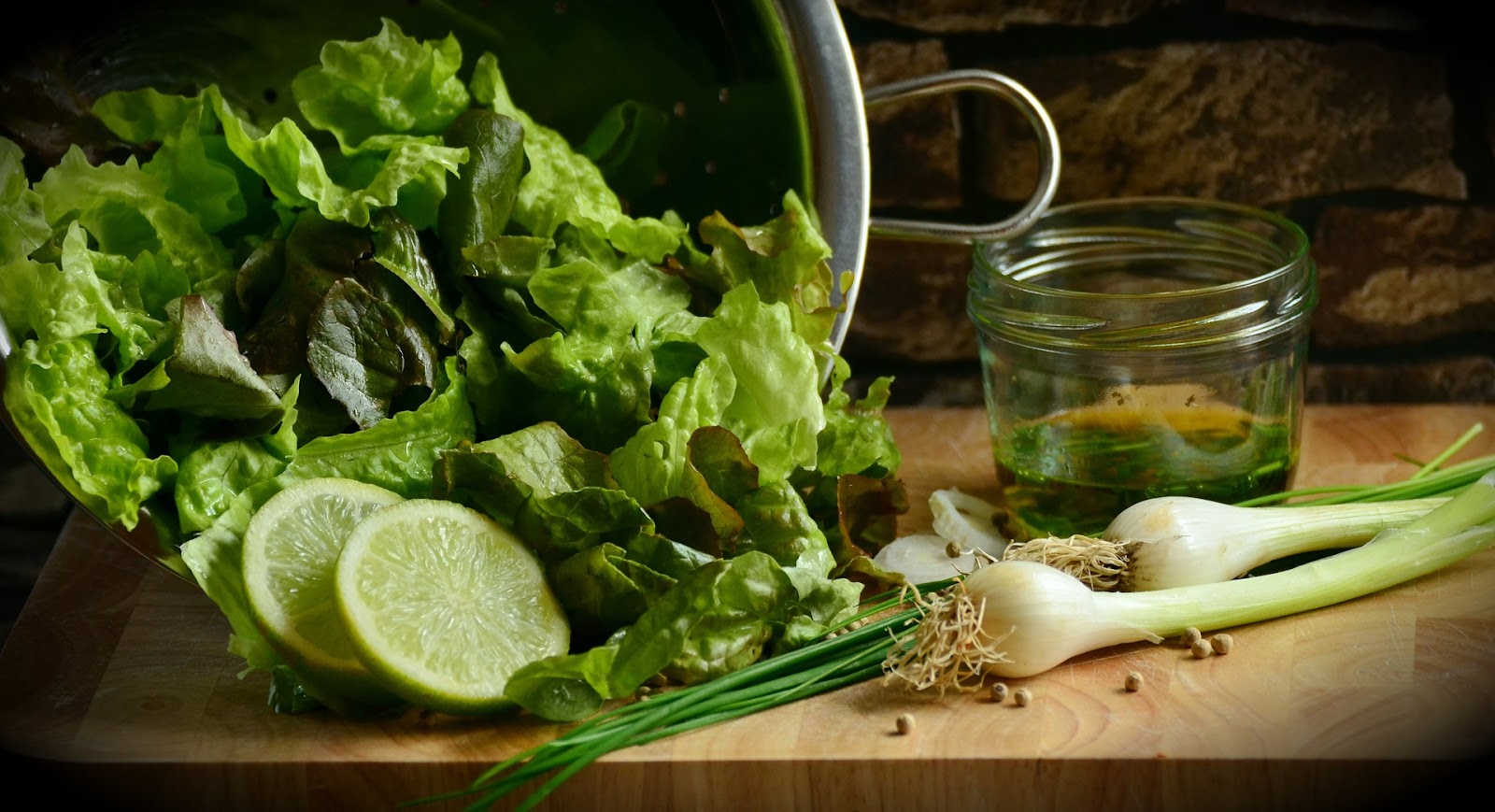
Music to Grow to



